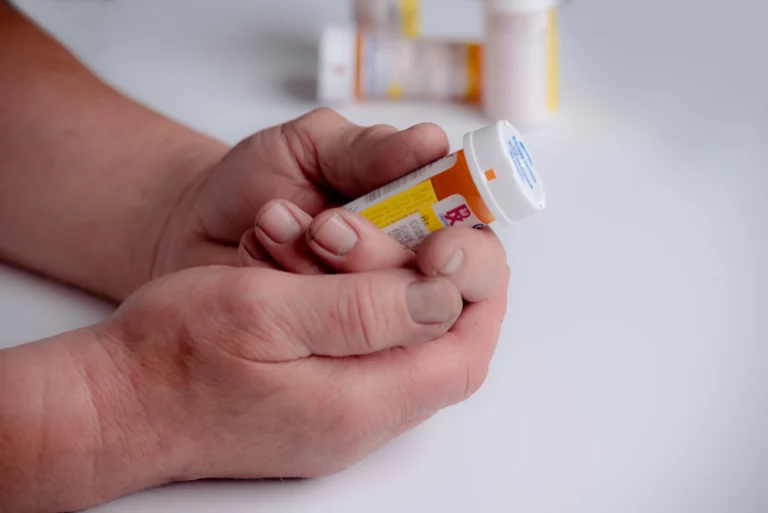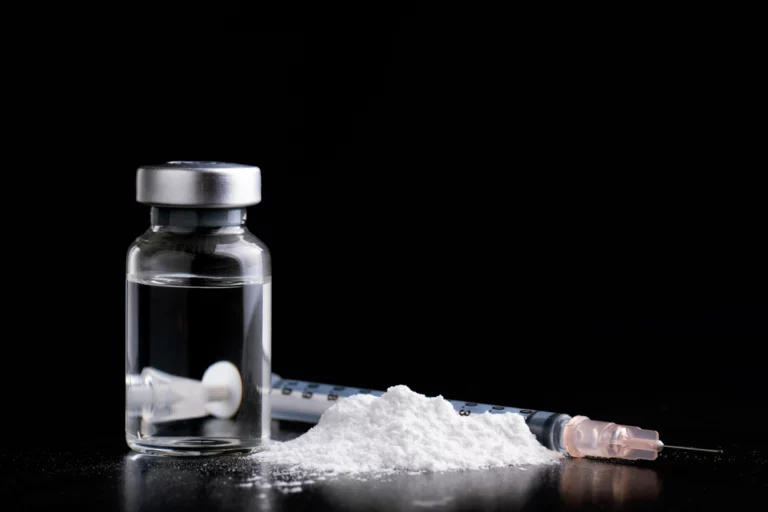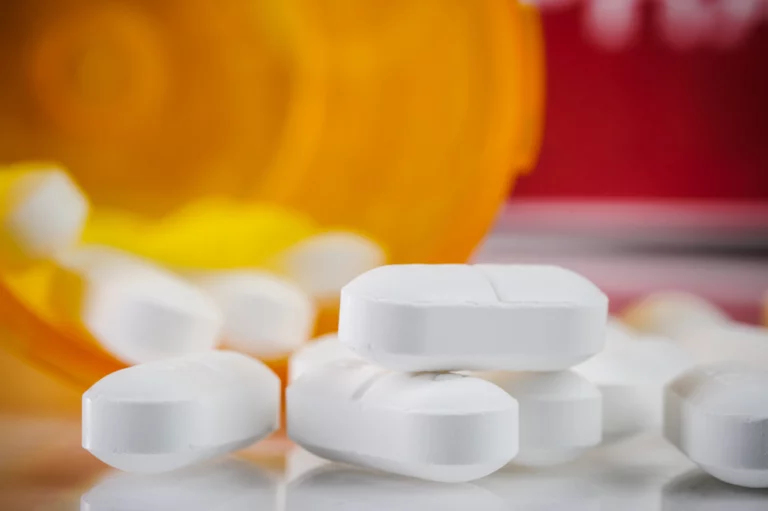If you are a regular methamphetamine user, there’s always a chance your dealer will spread their substances out by selling fake meth to make more money. Fake meth can pose significant dangers and health risks as it may contain unknown harmful substances. Many individuals are unaware of the dangers of fake meth and may not recognize the differences between fake meth and actual meth.
This article aims to provide individuals with an understanding of fake meth, the dangers of using fake meth, how to identify it, and the differences between fake meth and real meth.
What is Fake Meth?
Fake meth, also known as counterfeit methamphetamine or imitation meth, refers to substances that are made to resemble genuine methamphetamine but do not contain the active ingredient or have a different chemical composition. These counterfeit drugs are designed to deceive users into thinking they are purchasing or consuming real meth, but in reality, they may be ingesting a potentially harmful or unknown substance.
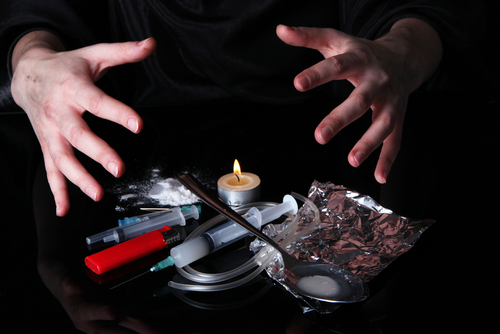
What’s In Fake Meth?
Fake meth may contain actual meth, different drugs, a mix of substances, or even no drugs at all. To increase profits, drug dealers may replace or mix methamphetamine with cheaper substances, resulting in fake meth. This has led to a rise in the use of fake meth in the United States, along with an increase in overdose deaths related to its use. According to a public safety alert issued by the United States Drug Enforcement Administration (DEA) in 2021, the DEA saw a 430% increase in counterfeit pills from 2019. One of the reasons for this is that these pills contain fake meth and a potent synthetic opioid called fentanyl.
Fake meth can take various forms, and two common substances used to mimic it are MSM (methylsulfonylmethane) and bath salts.
- MSM: MSM is a supplement known for relieving muscle pain, reducing inflammation, and boosting immunity. Drug dealers sometimes use MSM because it has a similar appearance to methamphetamine crystals when dissolved in water. By doing so, they can deceive users into believing they are buying genuine meth.
- Bath Salts: ‘Bath salts’ is a term used for synthetic cathinones, a type of synthetic stimulant with effects similar to cocaine, meth, and MDMA. Drug cartels often pass off bath salts as meth to make higher profits. These substances are considered designer drugs and may contain dangerous compounds like methylenedioxypyrovalerone (MDPV). People who use bath salts usually snort the powder, earning it the nickname ‘fake meth.’ However, bath salts come with significant health risks, including cardiovascular and respiratory issues.
Read More: Cocktail Drugs: A Closer Look at Polydrug Use
Dangers of Using Fake Meth
Counterfeit substances can contain various unknown and potentially harmful compounds, so users expose themselves to significant risks and side effects that are difficult to predict. By understanding the dangers of using fake meth, individuals can recognize the risks, raise awareness, and discourage use. Some of the biggest dangers associated with fake meth include:
- Unknown Composition: Fake meth can be composed of different substances, ranging from harmless fillers to dangerous chemicals, synthetic opioids, or other psychoactive compounds. Users often cannot know what they are ingesting, making it challenging to anticipate the effects or potential risks.
- Health Risks: Consuming counterfeit drugs can lead to severe health consequences. Individuals can experience a wide range of physical and mental health risks depending on the specific substances present. Some physical health risks include increased heart rate, hypertension, heart attacks, lung irritation, coughing, and shortness of breath. Some mental health risks include anxiety, paranoia, hallucinations, or severe mood swings due to unpredictable chemical interactions.
- Addiction and Dependence: Fake meth, like genuine methamphetamine, can be highly addictive. Regular use can lead to physical and psychological dependence, making it challenging for users to stop despite the potential harm.
- Lack of Support and Treatment: Unlike medical-grade pharmaceuticals, counterfeit drugs are not regulated and lack any form of quality control. Individuals who experience negative effects may be reluctant to seek medical help due to fear of legal repercussions or embarrassment.
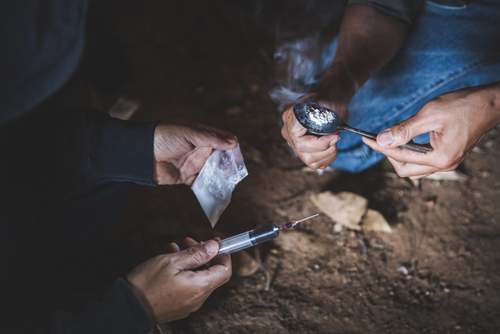
How Can You Identify Fake Meth?
Identifying fake meth can be challenging as it is designed to resemble genuine meth. However, there are ways to properly identify fake meth to prevent any dangerous effects from occurring. Being able to recognize red flags can help protect yourself and others from the dangers of fake meth. Some of the best ways to properly identify fake meth include:
- Visual Identification: Identifying fake meth visually can be challenging due to the different additives used. Real meth is usually a white, odorless powder with a bitter taste, while crystal meth looks like glass fragments or bluish-white rocks.
- Reagent Test Kits: Reagent test kits are available to help identify substances. A drop of reagent is added to a small amount of the drug, and color changes indicate different substances. However, these tests may not work if the meth is heavily diluted or mixed with non-reactive compounds.
- Melting Point Test Kits: Melting point tests are another method. Pure meth crystalizes quickly at around 170˚C, while fake or diluted meth takes longer to crystalize at a lower temperature.
Why Do People Cut Meth?
Creating fake meth began as individuals cutting meth to increase products while decreasing costs. Cutting meth refers to adding other substances to dilute the drug for various reasons. By doing this, drug dealers can increase their profits by stretching the supply of methamphetamine. It can also be a way to make a lower-quality product appear more potent or visually similar to genuine methamphetamine.
Fake Meth vs. Real Meth
While fake meth may contain real meth, the two are distinct substances with significant differences in their composition, effects, legality, and potential risk. Understanding the variations between the two is essential to educate and protect individuals from potential harm and make informed decisions on drug use.
Composition
As mentioned previously, fake meth is created using different substances such as cutting agents, fillers, or other drugs to imitate the appearance of genuine meth. Common cutting agents include baking soda, Epsom salts, and bath salts. While fake meth can contain unknown and harmful additives, genuine meth poses its own set of dangers.
Methamphetamine, belonging to the amphetamine family of drugs, is a potent central nervous system stimulant and typically appears as a white, odorless crystalline powder. It is chemically synthesized and can also be seen as bluish-white rocks, commonly known as crystal meth.
Side Effects
The dangers of the side effects that occur when using fake meth can vary widely depending on the specific substances used to create it. However, individuals may experience unexpected or negative reactions due to this unknown composition. These dangers are explained in more detail above.
Genuine methamphetamine is a highly potent stimulant that can produce various side effects. These effects can include feelings of euphoria, increased energy, reduced appetite, and heightened alertness. However, long-term meth use can cause severe health risks that will be discussed below.
Legality
In the legal sense, fake meth and real meth are regarded similarly. Both fake meth and genuine meth are illegal substances. The production, distribution, and possession of fake meth and other counterfeit drugs are unlawful in most places, resulting in criminal charges and legal ramifications for those involved. Real meth is classified as a Schedule II controlled substance in the United States, indicating a high potential for abuse and limited medical use. The possession, distribution, and manufacturing of real meth is prohibited unless under a valid prescription.
Potential Health Risks
Fake meth poses health risks to users due to its uncertain composition, making it potentially dangerous. Users may experience allergic reactions, poisoning, and unpredictable interactions with other substances, risking their well-being.
Although real meth can initially produce desirable effects, its long-term use comes with severe health consequences. Extended meth use can lead to addiction, cognitive impairment, weight loss, dental problems, anxiety, paranoia, violent behavior, and an increased risk of infectious diseases from engaging in risky behaviors.
Learn More: How Long Does Meth Detox Last? The Ultimate Guide to Meth Detox
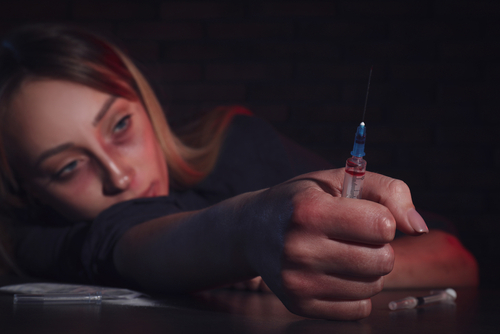
Meth Addiction Treatment in Knoxville, TN
When an individual is in active meth addiction and engages in meth use, they may consume fake meth without knowing it. This can be highly dangerous due to the abovementioned risks, yet many individuals may not be aware of it. This is why it is vital to understand and recognize the differences between fake meth and real meth to reduce any harm. While consuming real meth has its own dangers, fake meth is unknown and can be a riskier substance to use.
At Knoxville Recovery Center, we provide meth addiction treatment for those engaging in fake or real meth use. We offer several treatment programs to provide individualized care and support to each client. Our programs include Medical Detox, Inpatient Treatment, Outpatient Treatment, Aftercare Services, and Therapeutic Nutrition Services. Our mission with all of our Addiction Recovery Programs is to provide individualized, comprehensive, and holistic healing to those struggling with addiction.
If you or a loved one are suffering from substance abuse, contact us today to learn more about how we can help you.





